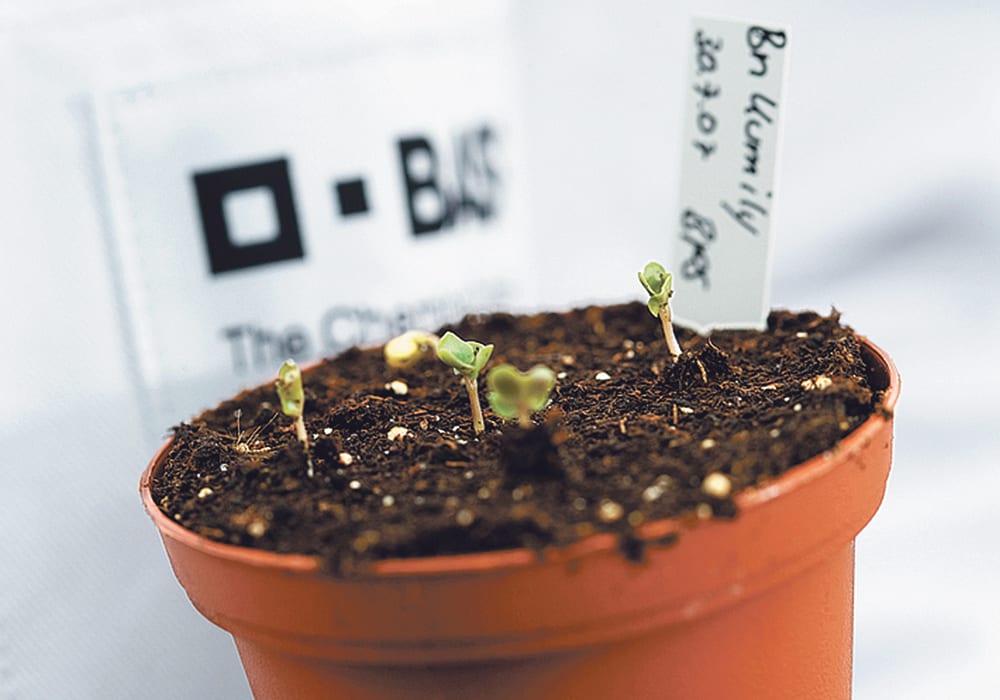When it comes to research and development, Canada lags among advanced nations.
That situation also prevails among many of Canada’s export sectors when it comes to trade outside of the United States.
Fortunately for farmers, Canada’s agriculture industry and farm organizations are an exception to this situation in both research and development and trade. Our farmers, machinery manufacturers, ag industry in general and commodity traders are aggressively focused, and that needs to continue.
That’s why it’s good that the Canola Council of Canada, despite a massive and regrettable downsizing of its roles, its funding and (likely) its staff, announced Dec. 5, is sticking with its key role of trying to open up new markets overseas for Canadian canola. In fact, its president, Jim Everson, told me recently, the canola council might even beef up its trade expansion efforts.
Read Also

Critical growing season is ahead for soybeans
What the weather turns out to be in the United States is going to have a significant impact on Canadian producers’ prices
If you ever needed proof that Canadian farmers need more markets, just look at the threats U.S. President Donald Trump levelled at Canada during the North American Free Trade Agreement renegotiations. That was scary stuff, and considering the U.S. record of imposing trade harassment measures like country-of-origin labelling, it’d be crazy to not be looking elsewhere for markets that might appreciate quality agricultural products.
China’s an obvious market to target, but Canada’s also obviously had problems there too. The (bogus) blackleg issue is being managed, but now China is thundering away at Canada for daring to execute an arrest warrant against a Chinese telecom executive for possible criminal activity.
Expect to see repercussions for Canadian ag exports, which had been booming before this.
The canola council is going to keep plugging away, it says, widening its role to include advocacy for flax. Combined with the growing efforts of Cereals Canada and the New Crop Missions it champions, farmers are one of the better served sectors of the Canadian economy in terms of connection to the global economy.
Where Canada falls flat is in what’s behind those trade promotion efforts, in the research and development that creates the products we make. Public sector research funding is a pitiful fraction of what some of our competitors like China and South Korea invest, and well behind what similar nations like the U.S. lay out. That slows Canada’s development of new products and systems to compete in the world market.
Why is this? Bill Greuel, chief executive officer of Protein Industries Canada, pondered that during the Farm Forum Event in Calgary Dec. 4. One answer he gave was proximity to the giant U.S. market.
“You don’t have to be overly innovative if you have access to the largest market and it’s not too far away,” he said.
Piggybacking on the U.S. economy and U.S. innovation is easier than putting down the bucks ourselves, but it leaves much of the Canadian economy vulnerable to permanent underperformance.
The PIC is part of a big government-private sector effort to boost research and development spending, so it’s a good sign.
Will that extra drive and commitment last longer than the five years that PIC and other “supercluster” initiatives have from the federal government?
It’s hard not to be doubtful about that, but at least for a few years, the public and corporate sectors are going to try to keep up with farmers and the agriculture industry.


















